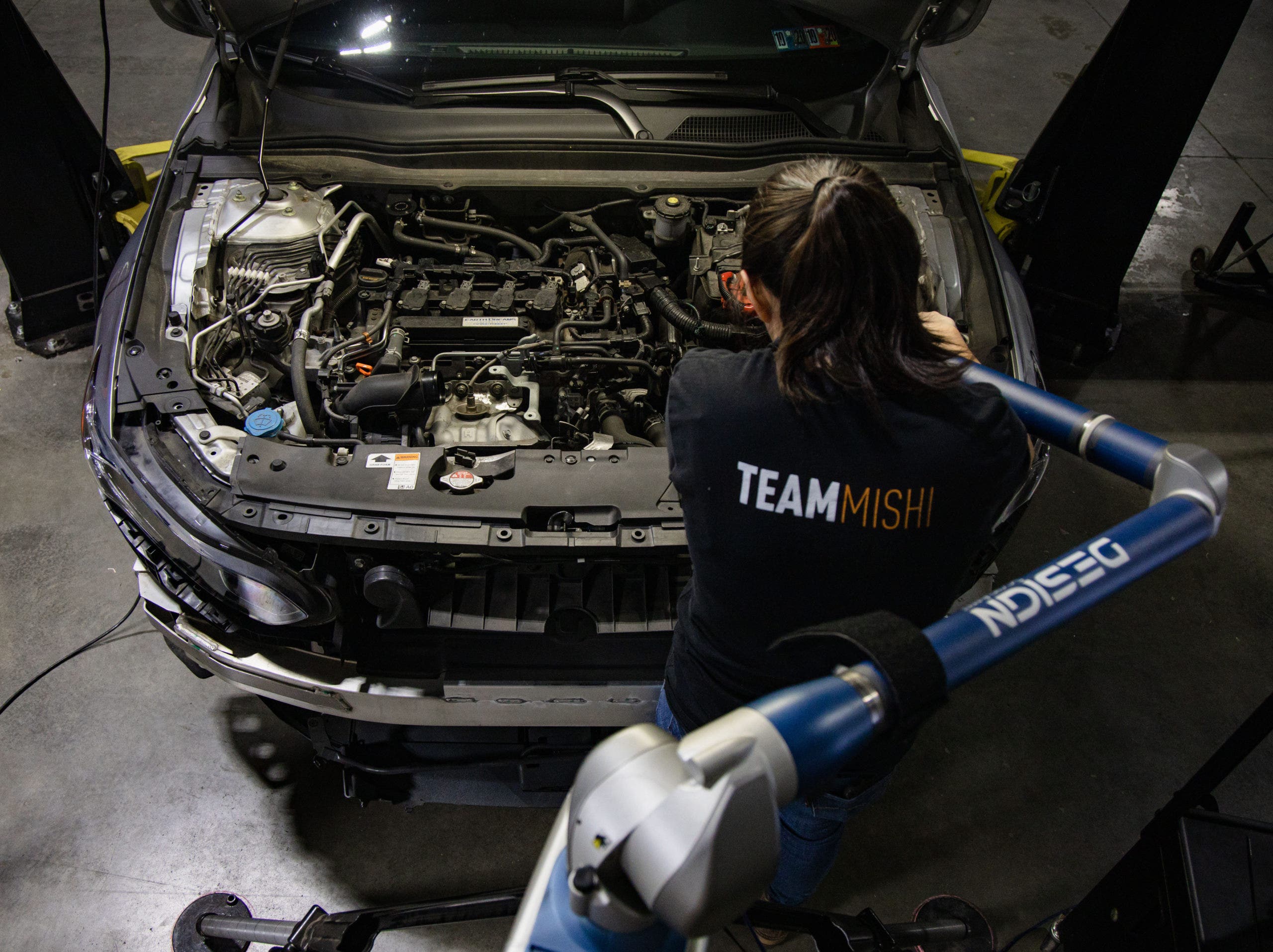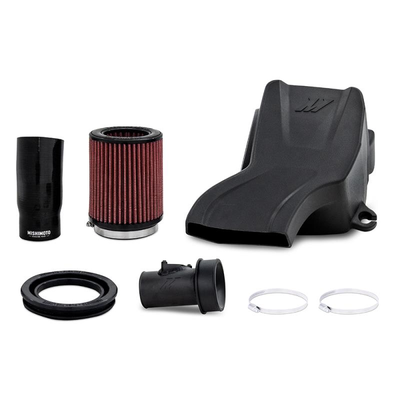
Airflow for the Masses - Performance Intake R&D, Part 2 - Design Plans
Anything deemed "for the masses" doesn't happen on a whim. Just think of all of the items that took the world by storm, like the Beetle, the iPod, or even this Accord. Plenty of careful thought and consideration went into the design, production, and distribution to ensure that every individual unit rolling off the production line would live up to the sensation created around it. While our intake kit for the 1.5T powered Accord won't reach the same tier as the iPod, we still want to ensure that we put equal consideration into the development, starting with the plan.

To start, we need to know precisely how well the stock intake performs in terms of flow. For that, as part of our previous "intakectamy," our engineer, Ye, strapped the factory kit on to our flow bench for preliminary testing. Ye then placed an array of sensors throughout the kit to determine the kit's most restrictive components, so we know exactly where to focus our efforts. We determined that we only needed to replace the front section of the intake from our flow test since the box and coupler were the most restrictive.

With the flow testing complete, Ye is on to the next stage, creating a preliminary fitment prototype. Scanning the stock components and the engine bay is the first step for this process. The data collected provides clear guidelines for our new design and virtual design space for a much more efficient and expedited design process. From here, we're able to export the preliminary plans to a 3D printer, giving us a usable prototype within a matter of hours.

It's quite the change from the stock kit already, starting with the airbox. Depending on the remainder of the testing, this 3D printed prototype is very similar to how our final product will look, with a few refinements, of course. To keep this shape, we're opting to utilize a high-density polyethelyne, which will be formed by way of rotational molding.
The filter is also part of our overhaul process, substituting the flat panel filter for a more free-flowing cone filter. Using a cone filter allows us more freedom in how we shape our airbox design. With the stock panel filter, fresh air was required to enter at the base of the airbox and then rise through the filter, leading to Honda's French horn-esque look. However, by installing a cone filter to our kit, we can create a much more direct path for the incoming fresh air to the box. Our proposed design should dramatically increase the Accord's flow characteristics, helping it breathe easier.

The mass airflow (MAF) sensor housing is the most crucial component of the intake design. As covered in the stock review of the 1.5T Accord's intake, the sensor is calibrated specifically for the housing. Adjusting the inner diameter or the sensor's position inside of the housing too much could throw the fuel trims too far lean or rich, resulting in an unwanted check engine light. Since the MAF housing is typically a choke point, some adjustment is necessary to gain some extra power with our new design. Luckily, we've already had experience with the sensor used in this application, so Ye already has some precision adjustments in mind to add to the performance without that pesky amber dash indicator.

The final piece is the coupler. The stock section is a thick rubber accordion-style boot that allows for a secure connection between the airbox and intake runner, even with the engine's movement and vibrations. A secure connection is key; however, this distinct shape is the cause for a flow restriction. The ridges in the interior create pockets, which slows flow, and creates turbulence. Our plan is to smooth this section out with the help of some slick silicone. Shown above in its 3D printed form, our planned design will be for a multi-layered silicone coupler with a slick and even interior surface, prime for improved airflow, all while retaining the flexibility to remain secure under different driving conditions.

With the plans set and the prototype test fit, the only thing left is to start our roto-molding process to get these to the masses. Make sure that you stay tuned to get the first look at our production kit and testing.
Thanks for Reading!
-Nick










